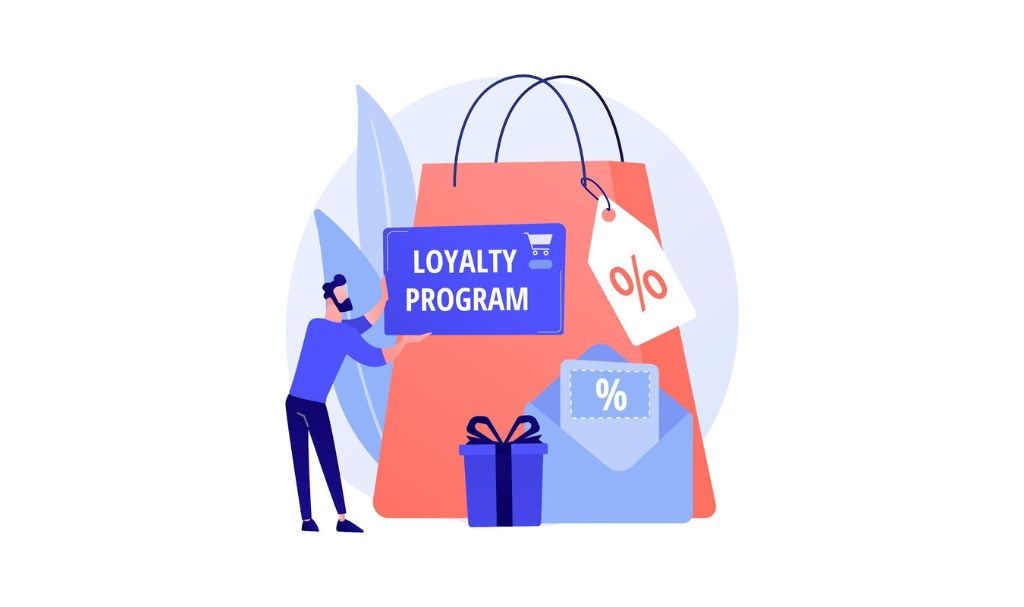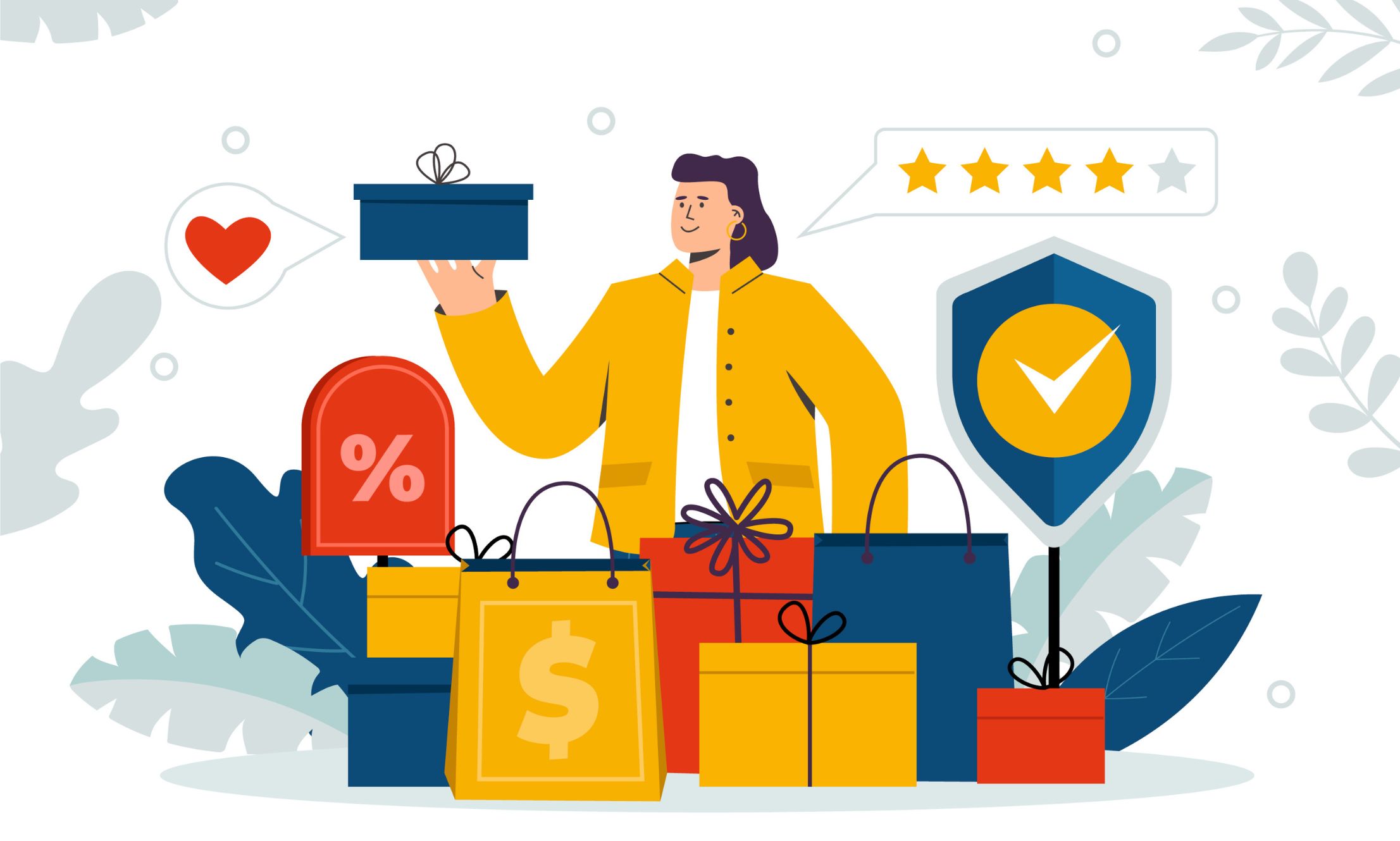How to Ensure a Loyalty Program Doesn’t Backfire
02 May 2025
4 Mins Read

Loyalty programs have been proven over centuries (believe it or not!) to keep customers coming back and spending more. In the early days, customers could redeem tokens collected from their purchases over time. In contrast, today, there are programs with a variety of structures, whether a points system or tiered tangible rewards. And with the convenience of digitization, your customers no longer have to carry around stamp cards (unless you enjoy their simplicity). Instead, you can set up an extensive and easy-to-use loyalty program that could work wonders for your business.
Yet loyalty programs aren’t just about giving customers a couple of points for every order or a stamp after buying their daily coffee. They take a lot more thought in order to benefit both your business and your clientele. If you’ve ever checked out the Pennsylvania casinos listed at casinos.com or visited a local take-out restaurant, you’ll notice some resemblances between them. Whether it’s their frequently changing promotions or the personalized experiences they offer, it all adds up to increased customer loyalty, which means more business.
Interested in starting your own loyalty program? Here’s how to make sure you covered all your bases.
1. Be Sure About What Your Customers Really Want

Forget the fancy interface, pretty cards, or prizes for now. First, pause and consider what your customer base values most. While climbing up the ranks to gain VIP status works for some businesses, others might prefer a discount after a certain number of purchases. It can be tempting to copy big-name companies or incorporate a cool new feature, but if it doesn’t resonate well, you’ll already be starting on the wrong foot.
To start the discovery process, send out customer surveys, look through your purchase data, and ask for feedback on receipts and at the cashier. First-hand data from real customers is invaluable to inform your program, and so will analyzing competitors.
2. Keep Things Simple and Straightforward
The bells and whistles might look good on paper, but ask yourself this: “Will it simply confuse your customers or add to their experience?” Loyalty programs thrive on purpose, so the easier it is for customers to get on board and understand how they work, the better. We’ve all come across reward programs that involve bonus points for social media comments and shares, different point values for different items, or even a barrage of rules and conditions. These systems, on their own, typically drive customers away, as making a simple purchase is a lot easier than getting involved in a circus of convoluted processes.
Instead, focus on these two things: ease of use and simplicity. Make it so that customers know exactly where to track their points and actually use the benefits they unlock to their advantage.
3. Make the Rewards Meaningful
Are people really going to want to put in all the work just to get rewarded with company stickers with your logo on them? In some people’s minds, this might seem like another marketing ploy that only benefits the business. Sure, others might find it interesting, especially if you’ve got an interesting emblem, but does the amount customers spend justify such a low-cost offer? If your rewards aren’t actually rewarding, then it’s unlikely that your clientele will bother signing up.
But what constitutes a meaningful reward? To begin with, it should add value to the customer’s experience with your brand. Someone who dines at your restaurant multiple times a month would appreciate a free dessert or a chef’s table dinner. When your rewards are both achievable and emotionally rewarding, you’ll foster stronger customer loyalty.
4. Deliver on Your Promises
At the same time, you also don’t want to promise a delicious free dessert only for it to be a piece of candy. Customers want to know you’re going to deliver on those promises and receive exactly what it says on the box. If you fail to do that, you’ll lose customers very quickly. It’s essentially a form of false advertising, stringing the customer along until they spend a certain amount of money and then realize that your business isn’t worth supporting. In addition to that, word travels fast, and these unhappy customers are bound to tell everyone offline and online about their bad experiences.
When designing your loyalty program, make sure you can truly deliver what you’re offering. The key is to be realistic. You won’t benefit if you award every customer a free item of choice from the store after every single purchase. Find a balance between a reward with good value and a reward that won’t put your business in debt.
5. Constantly Fine-Tune the Program
Loyalty programs aren’t usually set-it-and-forget-it type systems—for the most part. Cafés might benefit from something straightforward like “10 stamps get you a free coffee,” but other establishments might not. For example, gyms, beauty salons, and full-service restaurants will require more nuance. They may need to cater to a wider variety of customers to hold their attention and avoid falling into the trap of being boring.
So, rather than simply handing out stamp cards or just getting people to sign up, track the program’s performance. A digital platform that incorporates analytics will be incredibly useful, especially for businesses that implement complex programs. You’ll be able to see who’s part of it, whether they’re racking up points, and even personalize and change the program much more seamlessly. If you notice that people are abandoning the program or are constantly at a standstill, it might mean time to revamp it altogether.
Moral of the story? Don’t leave your loyalty program to its own devices. Use its full potential and make it meaningful for your customers!



















Comments Are Closed For This Article